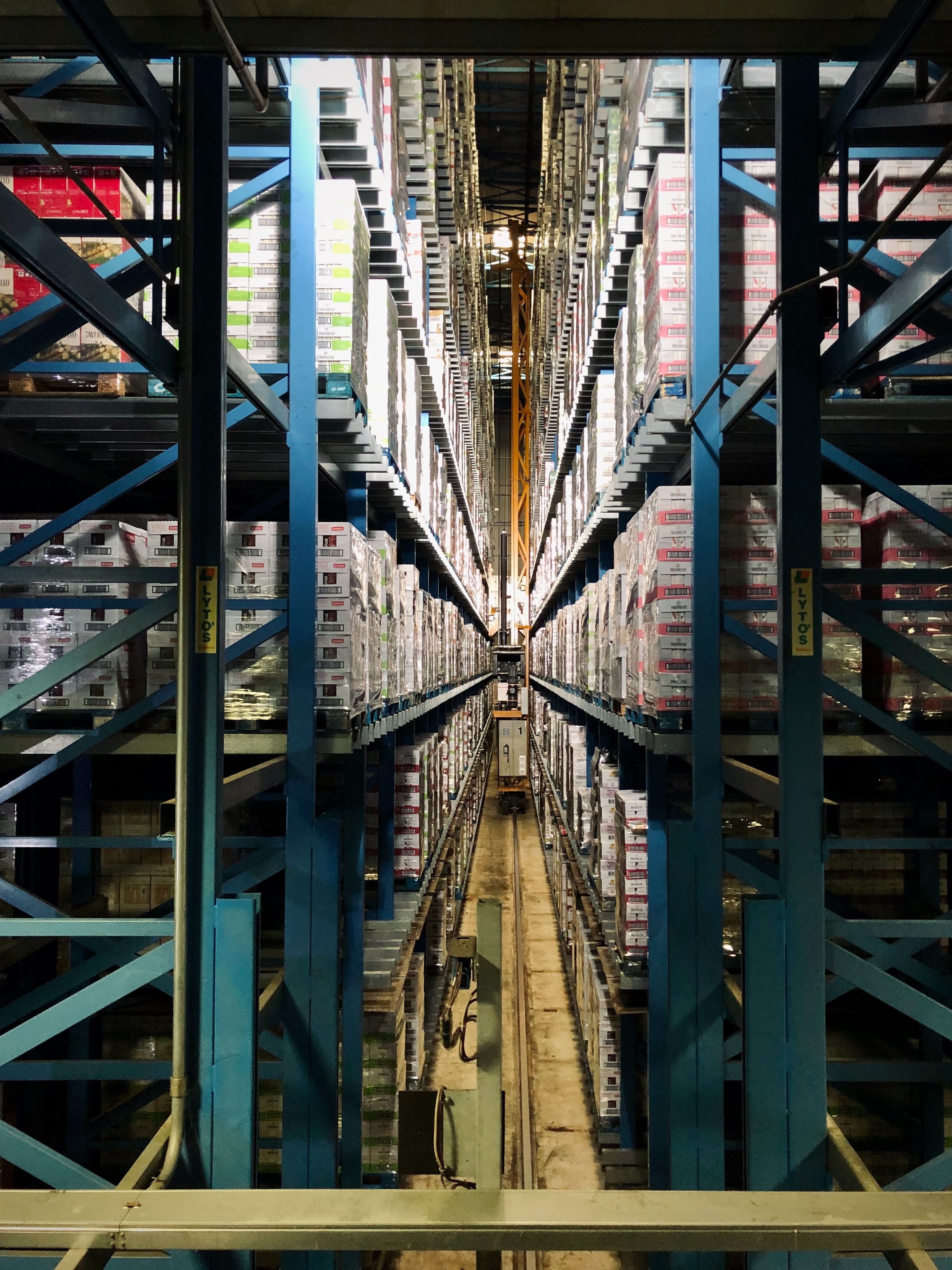Warehouse Demand Surges As eCommerce Grows
As online shopping continues to grow, amid the ongoing coronavirus pandemic, it is having a major impact on warehouse demand. Global online spending showed a 28% rise this June compared to the year before, making it the largest year-over-year increase in eCommerce sales since COVID-19 restrictions were put in place in March. The ongoing pandemic is accelerating the shift towards online shopping and closer eCommerce fulfillment operations. With consumer expectations evolving, retailers and warehouses are updating equipment, as well as utilizing more real estate closer to customers to facilitate faster delivery service.
Here’s a look at how eCommerce growth is affecting the warehousing industry and what companies are doing to modernize their fulfillment operations and adapt to unprecedented consumer demands,
eCommerce Growth Drives Warehouse Demand
The shift from brick-and-mortar to eCommerce operations will likely increase as a result of the coronavirus pandemic, which will cause greater investment in warehouse space as eCommerce requires three times the logistics space of traditional stores, according to a new report from Prologis. Online order fulfillment requires more logistics space because all of the inventory is stored within a warehouse, which allows for greater product variety, bigger inventory levels, parcel shipping operations, and additional value-added services including processing returns.
With more people shopping online, demand for industrial real estate could reach an additional 1 billion square feet by 2025, according to a new report from JLL. The commercial real estate services firm said that prior to the coronavirus, about 35% of its industrial leasing activity was related to eCommerce. But now, as much as 50% of that leasing activity has already been tied to the online retail industry in 2020.

From Retail to Warehousing
The need for fulfillment centers is increasing as the traditional retail real estate industry is suffering with retailers in financial trouble, store closures piling up and plummeting rents. Many retailers and developers are converting underperforming stores into last-mile distribution centers to support eCommerce fulfillment. Underperforming retail sites have become an ideal location for last-mile warehouse developers. They are often located within urban areas, connected to utilities and have large parking lots.
Many locations are also freestanding big-box stores with existing dock doors and design compatible with industrial use. For example, in Memphis, Tennessee, a Sam’s Club store was closed and converted into an eCommerce fulfillment center enabling the retailer to ship orders faster and improve the customer experience. The growth of eCommerce and changing consumer expectations will continue to increase the viability and appeal of retail-to-industrial property conversions.
Automation Acceleration
Many warehouses are using technology and warehouse automation solutions to work faster, safer, and more efficiently. The global warehouse automation market is expected to nearly double its size, expanding from $14 billion in 2019 to $27.2 billion by 2025, according to Frost & Sullivan. The coronavirus pandemic and surge in online shopping is accelerating robotic takeover of the warehouse space. Warehouse robotics investment surged 57% in 2020, according to a recent Pitchbook report, as companies invest in flexible automated solutions to address fulfillment challenges and significant workforce disruption.
Flexibility and efficiency have become primary differentiators in the eCommerce fulfillment industry. With the increasing adoption of different types of autonomous and automated robotic solutions including automated storage and retrieval systems, automated guided vehicles, and autonomous mobile robots, companies are able to reduce labor costs, increase inventory storage density, and increase inventory-picking accuracy. Robots enable warehouses to scale operations as required while increasing operational efficiency and minimizing challenges. As eCommerce continues to rise along with customer demands for convenient fulfillment options, retailers are transforming underperforming locations. Warehouses are undergoing major transformations to improve delivery times in a cost-effective way while maintaining safe working environments.
At Bringoz, we see that retailers who use technology to automate and manage their omnichannel fulfillment to their customers are reaping the benefits of increased customer loyalty. For more information about Bringoz and how we can help you track, monitor, and manage all of your deliveries, contact info@bringoz.com.
